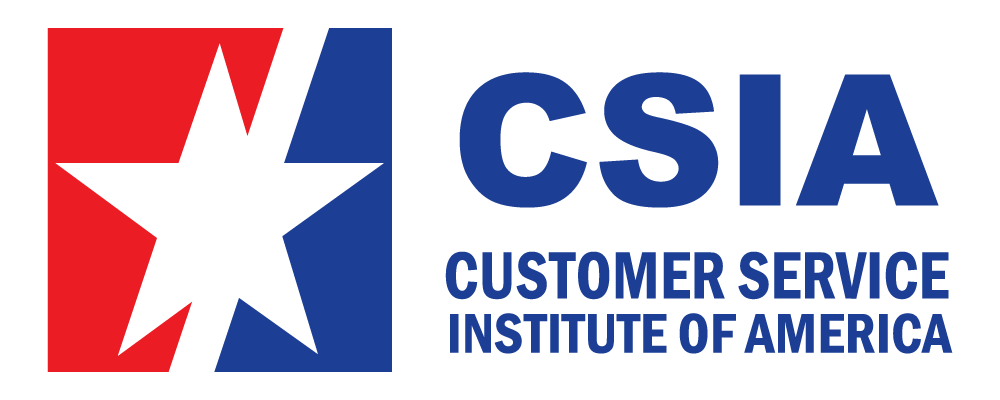Mindfulness is becoming a buzzword in the workplace, and could be one of the most important trends in customer service and employee development. Those who practice mindfulness meditation report that they are becoming more effective and more focused and in the process, getting better at their jobs.
What is mindfulness meditation exactly?
In short, mindfulness is mental presence. It is simply paying attention to the here and now. No particular spiritual belief or special equipment is needed. All that’s required is a sitting still, breathing and learning how to objectively observe the movement of your thoughts – without judgment. It’s simply giving yourself a few seconds to consciously ‘be’ or simply pause to fully focus on that steaming cup of tea you’re enjoying.
For HR leaders who are considering different ways to help foster a happier, healthier and more productive workplace, let’s look at the benefits of incorporating mindfulness into the work and service culture.
Emotional Intelligence
As explored in a previous article, Emotional intelligence (EI) is very important in the workplace and our ability to provide great service on all levels, and mindfulness can help improve EI. Mindfulness helps teams achieve more emotional clarity and develop empathy, and can have other benefits, including:
- Better manager-employee relationships
- More positive management styles
- Improved team dynamics and relationships
- Better listening skills
- More patience
- Fewer reactions and rash decisions – especially from managers – that can damage business
- Better strategies for preventing or addressing conflicts
- Improved ability to resolve customer complaints
- A more positive work environment
- Reduced workplace stress
Improved Focus and Productivity
Mindfulness at work can play a critical role in helping keep your team focused, especially by improving three features — stability, control and efficiency. Meditation actually helps people to learn how to manage distractions. Many employees have to operate in an environment full of of constant interuptions, between emails, phones, social media, multiple projects and deadlines. It’s important for them to be able to develop the skills to put their focus and attention where it’s needed most
Enhanced Creativity
Encouraging mindfulness in the workplace can support a stronger creative process. As artificial intelligence becomes more common and routine, one of the real values that humans will continue to bring to the table, in addition to emotional intelligence and empathy, is creativity. Enhanced creativity can help develop new products, find innovative solutions to problems and reinvent processes in more effective ways.
People are most creative when they’re relaxed. Relaxation allows people to look at problems from different angles, using a more fluid, divergent thinking process to consider the widest range of possible solutions, then find just the right one. A few minutes of meditation can help relax the mind, so a more creative side can take over.
Mindfulness in the Workplace
These are just a few arguments for introducing mindfulness in the workplace — but the list goes on, from a sense of overall well-being to an improved employee experience and, consequently, an improved customer experience.
To quote David Gelles author of “Mindful Work: How Meditation Is Changing Business from the Inside Out”
“Mindfulness makes us more focused, more effective, and happier, to name just a few benefits. So it’s little wonder why today, in multinational corporations and small businesses alike, more and more people are meditating on the job.”
How long do we need to meditate each day? Scientific studies have shown measurable brain changes with a commitment of around twenty minutes a day. But any amount of meditation is better than none. If you can manage twenty minutes a day, then do twenty minutes. If three minutes is all you have, then spending three minutes is much, much better than not meditating at all. And you don’t have to sit cross-legged on a cushion in a meditation room. Meditation can be slipped seamlessly into even the busiest of days. And, as with any daily practice, a little bit of consistent effort goes a long way.
Newcomers to meditation have expressed feeling less stressed — even when put in a high-pressure situation — after just three 25-minute training sessions. That means you could probably make yourself more focused and resilient – and better prepared to face any stress and challenges at work – in less than a week.
Do you have three minutes or more a day to dedicate to achieving a calmer, clearer, replenished mind? Try taking a few 3-minute mindfulness breaks at your desk each day. Just stop, close your eyes, relax, and take a few deep breaths. This is a great place to start and you can build from there.
There are plenty of resources available to help you get started, from meditation guides to online classes to helpful apps you can use to track your practice right on your smart phone. Click here for a list of useful resources and tools to help you begin your mindfulness practice today.


